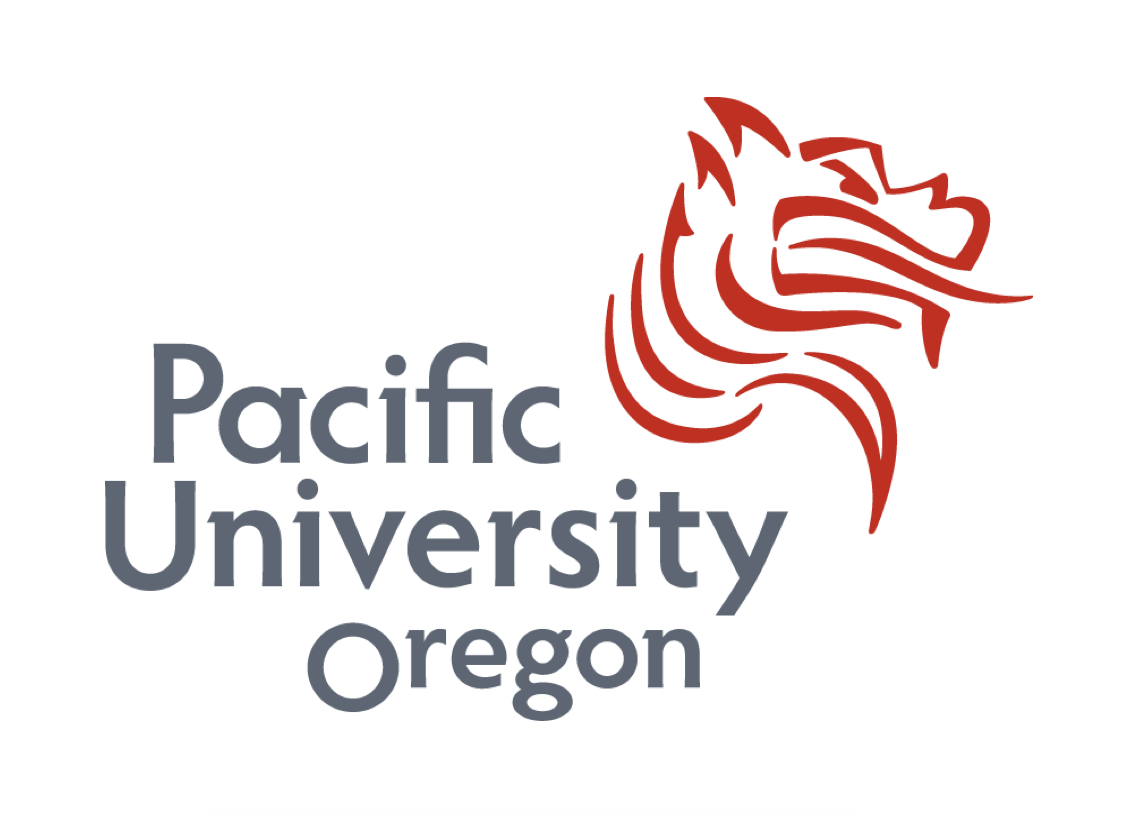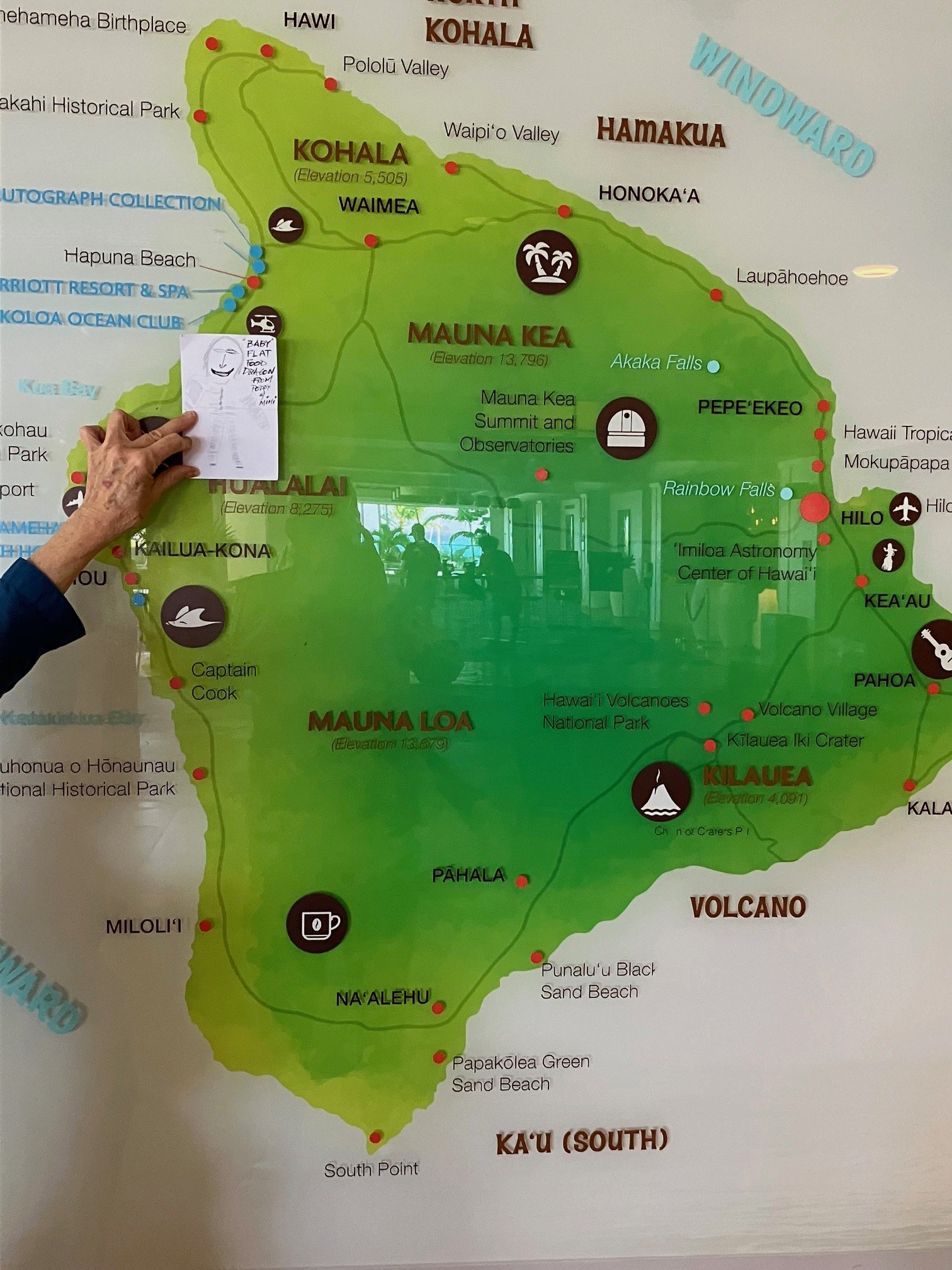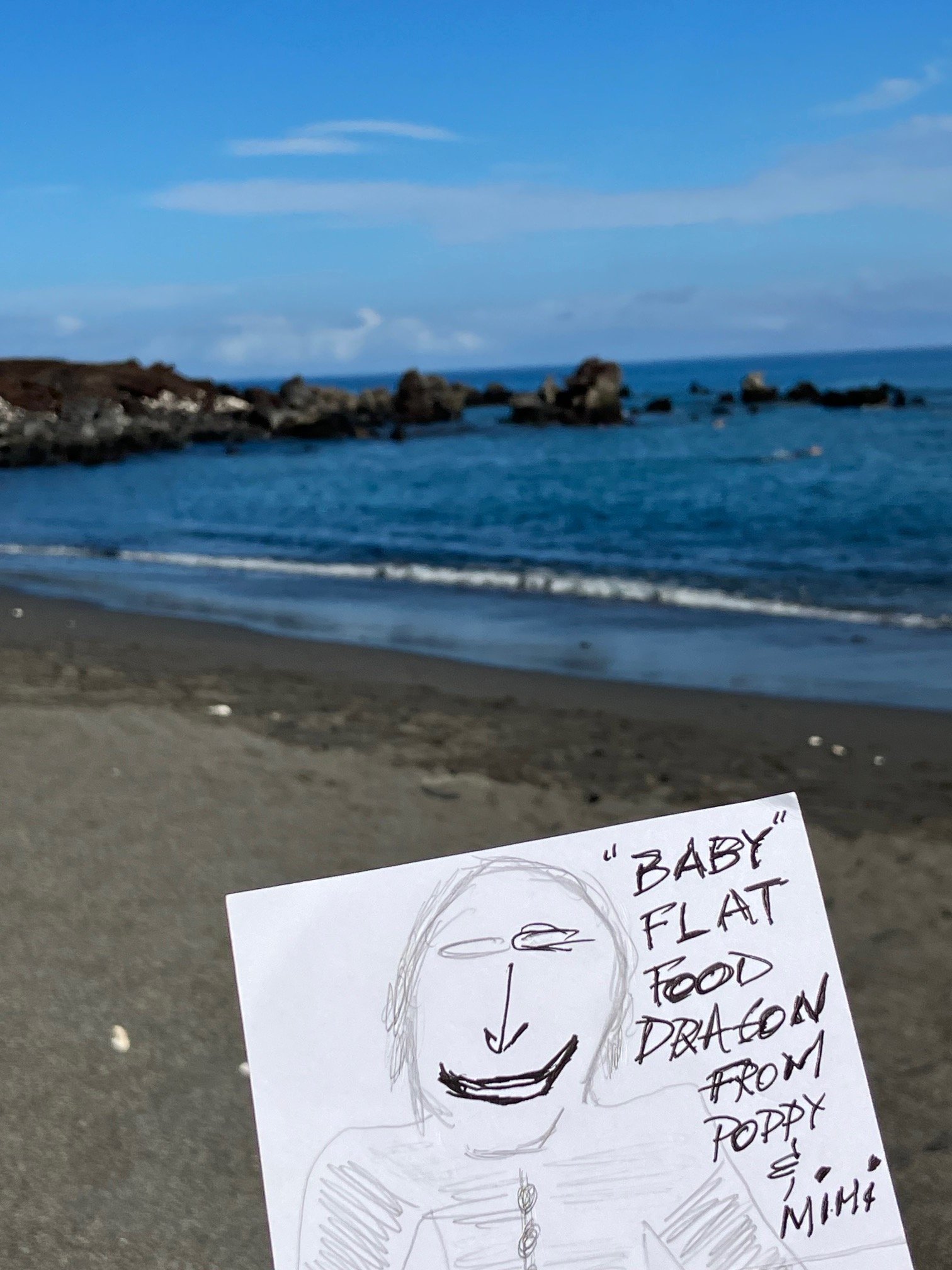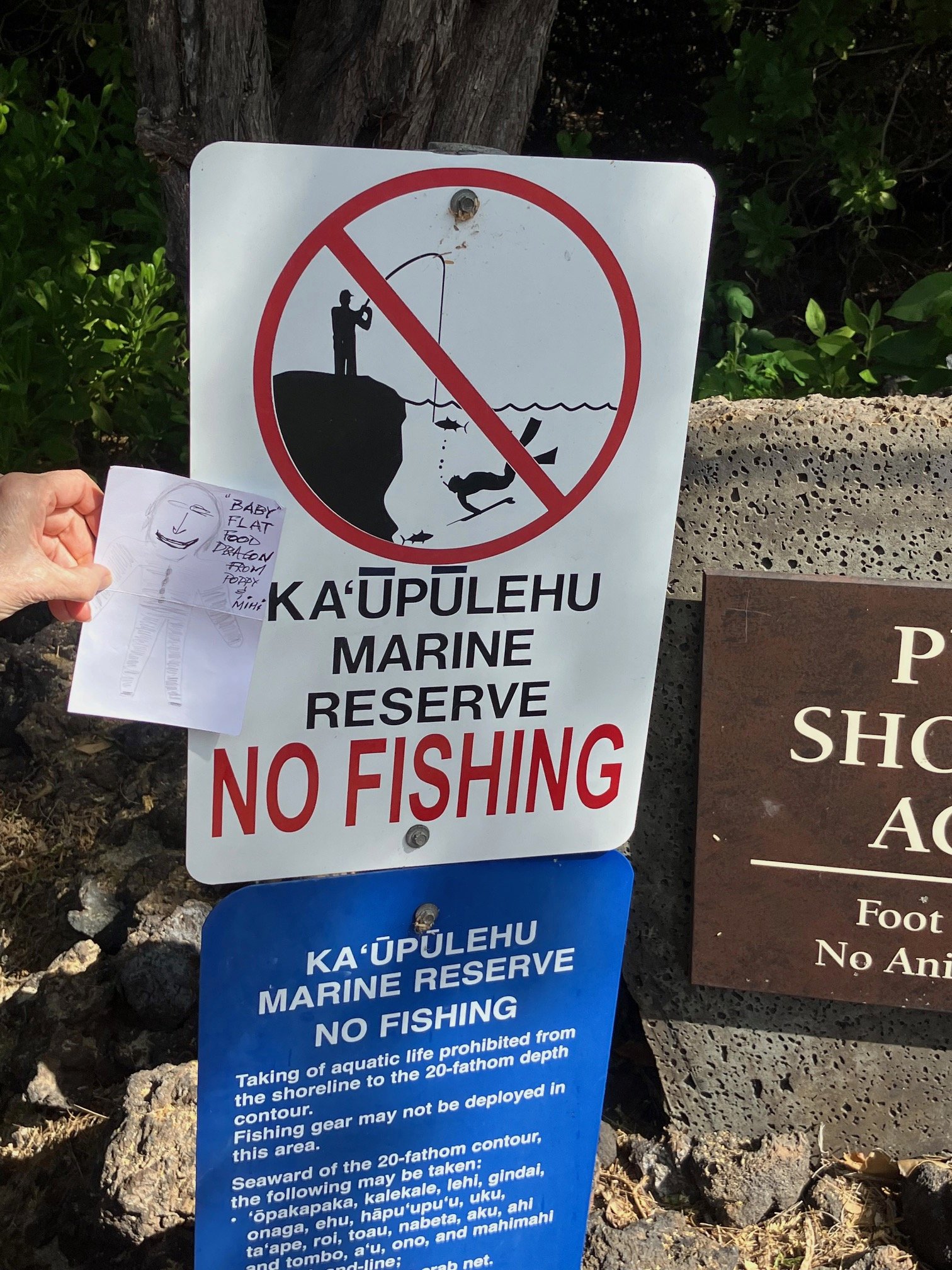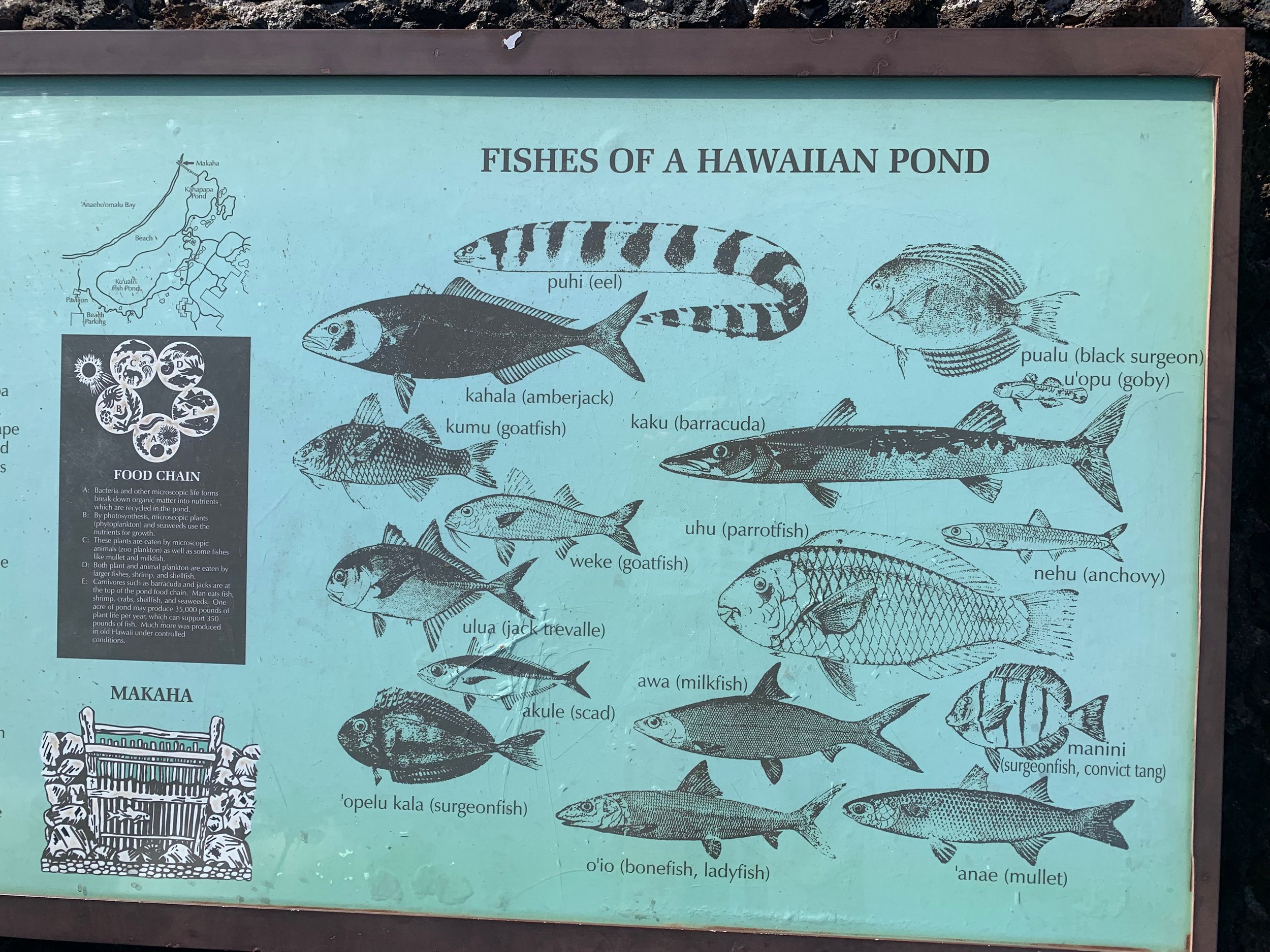“Baby” Flat Food Dragon on The Big Island Hawaii
/Well, Otters, this is Poppy and Mimi, Claire’s grandparents, writing again and now taking you to The Big Island of Hawaii. We didn’t have the original Flat Food Dragon with us, so we made a Baby FFD who accompanied us wherever we went. You’ll see Baby in most of our pictures! We could tell you many things about The Big Island but here are a few, which we hope you will enjoy:
First, there is lava, lava, and even more lava everywhere. On the beaches and in the waters of the Pacific Ocean. Miles and miles and miles of it. Very different from other islands like Maui. This is because The Big Island is the youngest of the Hawaiian Islands and still has 2 active volcanos! When you swim or walk, you must be very careful not to fall on lava, which can be very sharp.
Second, in all of Hawaii, obviously including The Big Island, there’s a principle or concept of public access to the beaches, which we think is wonderful. What it means is that, if there are homes or communities that have been built along the ocean’s edge, they MUST create a pathor road for everyone who is not a resident to be able to walk along the beach or swim in the ocean. By the way, Oregon’s beaches are also all publicly accessible because they are publicly owned. This is not the case in California or Washington State, where we live. We went to such a public access beach, driving through a wealthy housing community with a gated entrance where we stopped, told the attendant that we wanted to go to the beach, paid $20 (not all beaches require payment), then drove to a designated parking lot. We have attached a picture of a sign identifying public access to the beach. Hawaiian residents don’t have to pay the $20 but tourists do.
Third, when a person thinks of Hawaii, he or she likely thinks of the word “beaches.” Hawaii is more than beaches, however. Its topography is very varied. The Big Island does have its beaches and lava, but it also has mountains, cattle ranches, volcanoes, high lands and lowlands, grass lands, varying vegetation, and so on. Variety of topography is throughout the island.
Fourth, when in Hawaii, including The Big Island, a visitor is struck by the fact that humankind is definitely related to its physical environment. The winds. The rains. The pounding ocean. The sea animals like the monk seal, turtles, whales, fish, and the sea coral . There is GREAT acceptance for respecting and preserving wildlife here. Humankind is related to nature, so climate change is important to learn about.The native Hawaiians taught this inter-relatedness, as do many indigenous peoples throughout the world.
Fifth, you’d be interested [and you may remember this if you’ve been lucky enough to have enjoyed your own Hawaii adventures] to know that landing or departing from an Hawaiian airport is very, very different from departing from a mainland one. In Seattle or Portland, as many of you Otters know, airports are large and indoors and to board or depart a plane, a passenger walks down a ramp directly from or into the airport. In Hawaii, certainly on The Big Island, the airport is small by comparison, totally open to the air. There’s no long ramp, only a flight of steps from the ground to board or depart the plane onto the tarmac. Then you walk by the plane as you enter or depart the airport.
Lastly, because we are from Seattle, we couldn’t resist stopping at a nearby Starbucks! Having returned to Seattle, we say Aloha (which means both Hello and Goodbye) to all of you. Go Otters!!!! And thanks for your attention, so we say Mahalo!
Poppy & Mimi
Question from Poppy:
Claire or all Otters, I have a question for you: you will see from our photos that among the vast areas of lava are light-colored grasses. When driving along the roads with miles of lava, you see these grasses alongside and some scattered here or there in the horizon. How did these grasses get there? Were they planted by local governments? Or were they pollinated in some other way? Like from birds or the wind? And how were these plants able to survive/grow in lava, which is solid, hard, to the touch? And why were some bushes able to grow in lava land? So many questions. Claire or Otters, any answers? Thank you if you do.
Otter Response:
Dear Poppy and Mimi,
Thank you so much for your questions. When trying to answer the question, “ How do patches of grass grow around patches of cooled lava rocks”, we discovered that in order for any plants to grow there first needs to be nutrient rich soil. This soil forms from nutrient rich magma and ash which eventually turns into lava rocks, and eventually algae will grow on it. Later on the algae decomposes to help create more nutrient rich soil. When trying to answer this question, “Did the government plant the grass”, we found that many plants and grasses are able to grow around the island thanks to the help of birds carrying these seeds in their plumage (feathers) or in their feces. Seeds also get spread around from the wind and other wildlife. Thanks for sharing your photos.
Love,
Claire, Miles, Alexander, and the Otters
